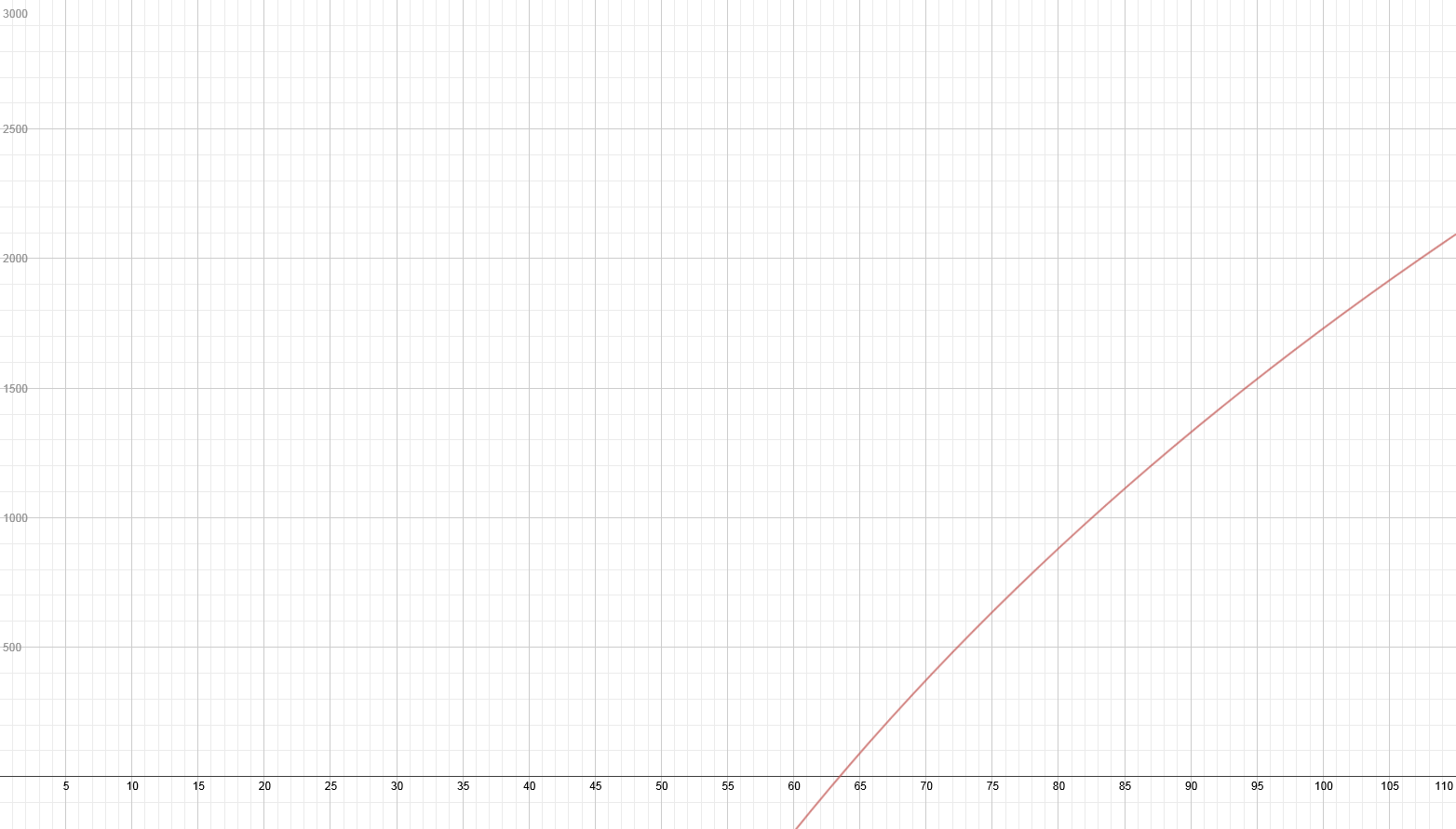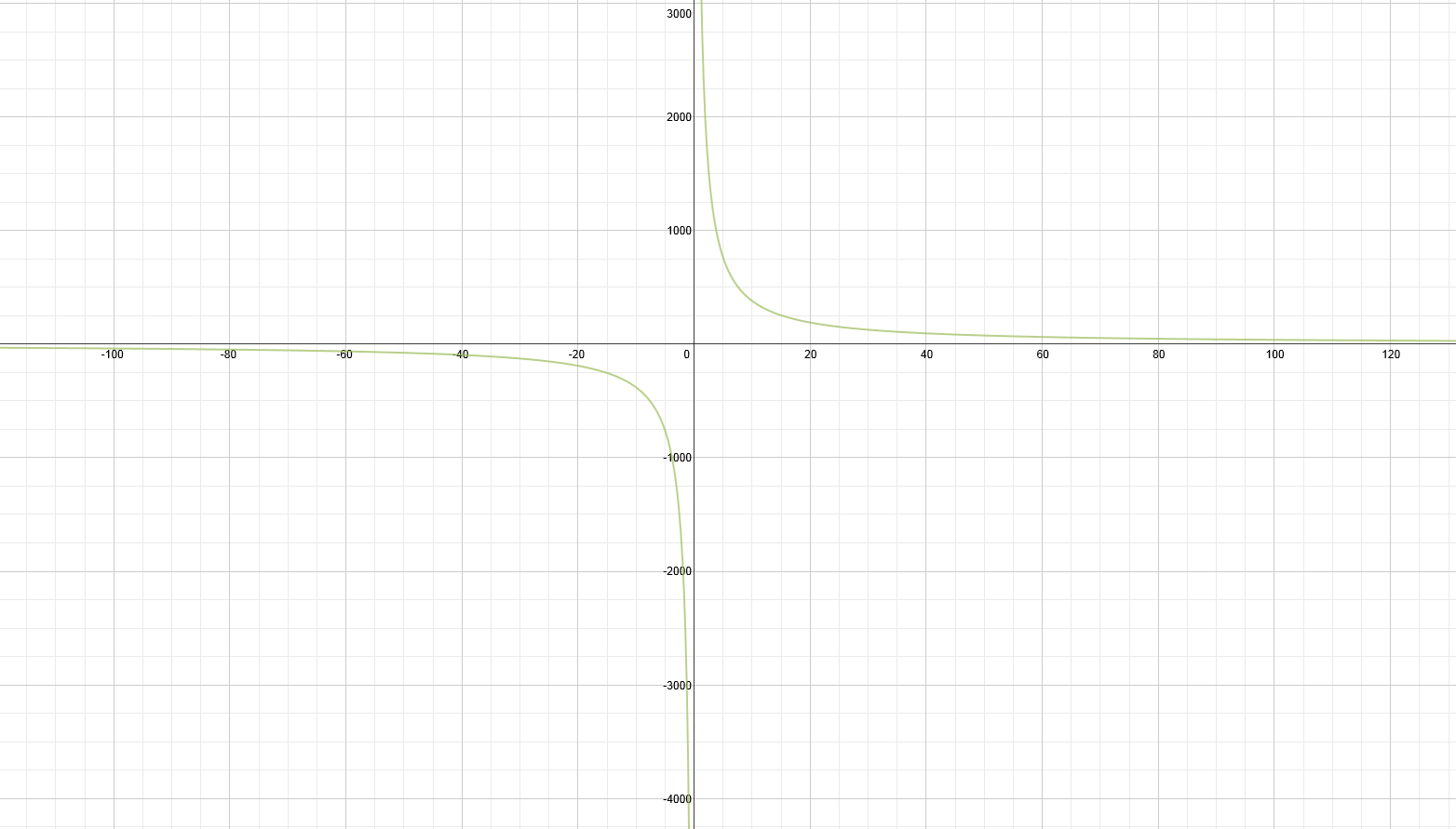Due to there not being as many lessons to learn in the last stretch of the semester this blog will cover a topic visited in a previous post. In this post I will demonstrate how to successfully sketch a polynomial graph. As stated in my other post, in order to be able to sketch graphs certain information about the function has to be given. This information consists of what kind of function it is, a table of coordinate points, limits, and sign charts. The information given may or may not contain everything listed. For this post the function will be polynomial. Just to refresh the memory about things to look out for when dealing with polynomials I will give the list of their characteristics again (repetition is key)
Given information helps by:
1. When given what kind of function: you can know what characteristics the graph should contain and which characteristics you can omit
2. coordinate points: helps with were the graph will actually pass through
3. limits: shows were you will have vertical or horizontal asymptotes as well as holes.
4. first derivative: shows were the graph is increasing or decreasing when read from left to right. also used to help determine if a sharp bend is causing the nd at a certain point. sharp bends usually change direction. From observing this sign chart we can get our local extrema
- +,- is a local max
- -,+ is a local min
- I provided visual examples of how these look in a previous blog over local extrema, refer there for examples
5. second derivative: shows were the graph will be concave up or down. also used to help determine if there is a vertical tangent causing the nd at a certain point. vertical tangents change concavity but not direction. From observing this sign chart we can see were inflection points are present
- when there is a change in the sign (+,-) then we know there is one at that point (refer back to blog that covered local extrema for visual examples)
Characteristics of Polynomial Functions:
1. Always have domain of all real numbers
2. Always smooth no sharp bends
3. Always continuous everywhere
Also to refresh your memory is the list of other things that a function graphed could contain:
Asymptotes can be left out because polynomial functions do not have these
We can also leave out the three reasons for not determined (ND) because:
1. discontinuities: polynomials are continuous everywhere
2. sharp bends: polynomial functions are always smooth
3. vertical tangent lines: polynomial and rational functions do not consist of these
Knowing these traits about polynomials is useful so you do not put anything on the graph that shouldnt be there, especially when it states that its a polynomial function. So lets start.
Given info:
f is a polynomial function
Given this info and information on how to sketch the graphs from this post along with the other post we can now sketch our graph. After sketching we want to label any asymptotes local extrema, and inflection points.

























You must be logged in to post a comment.